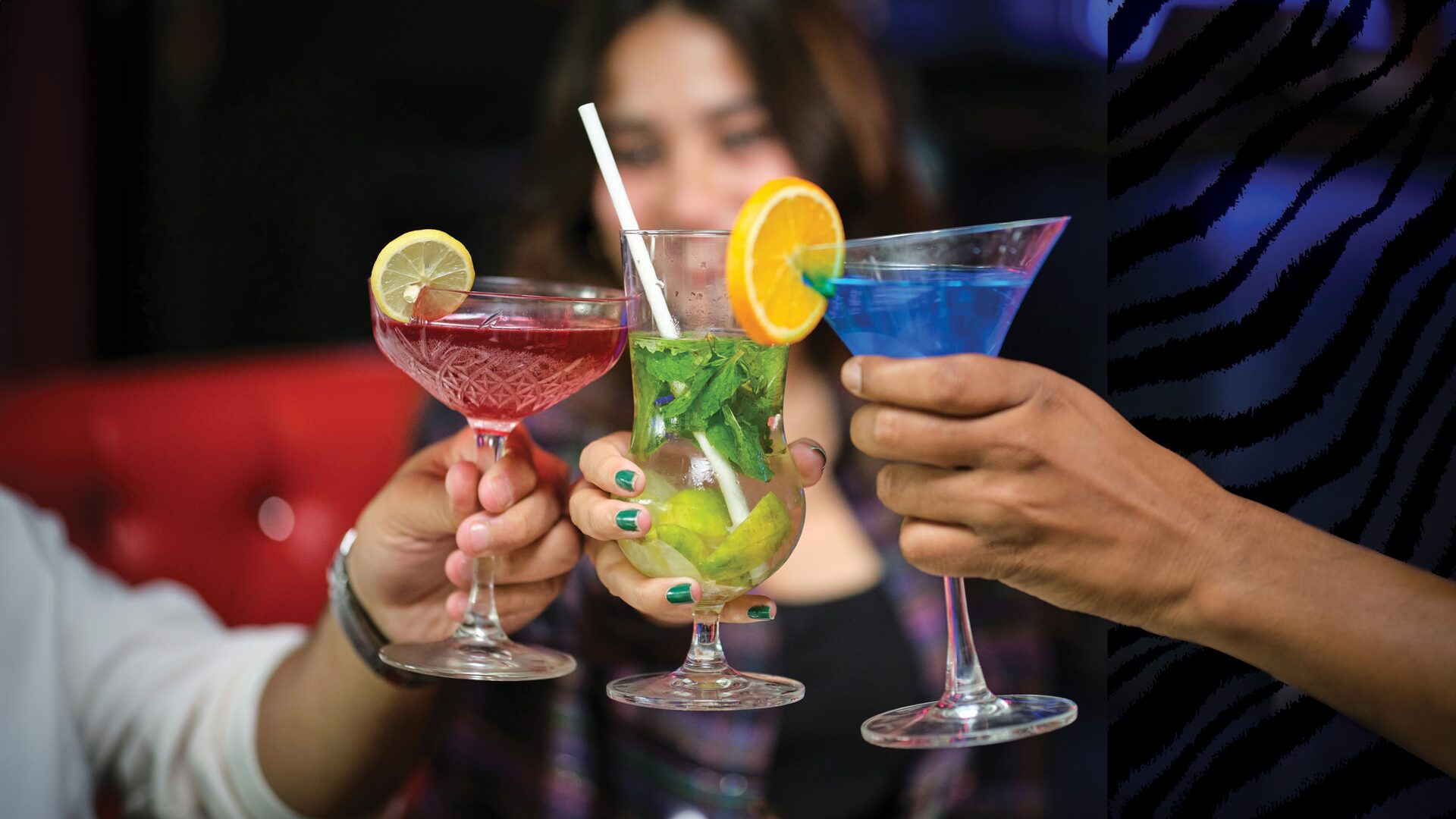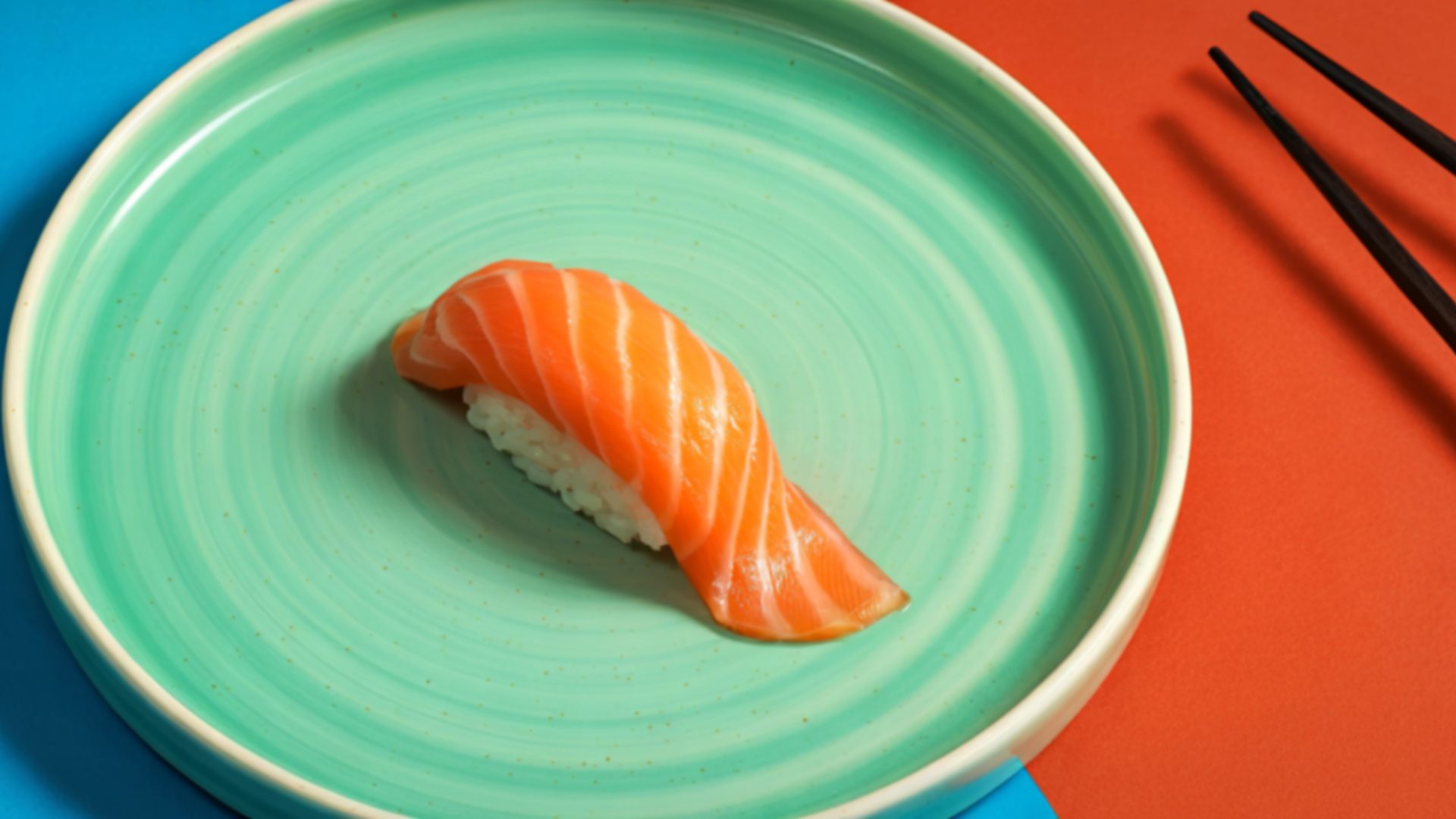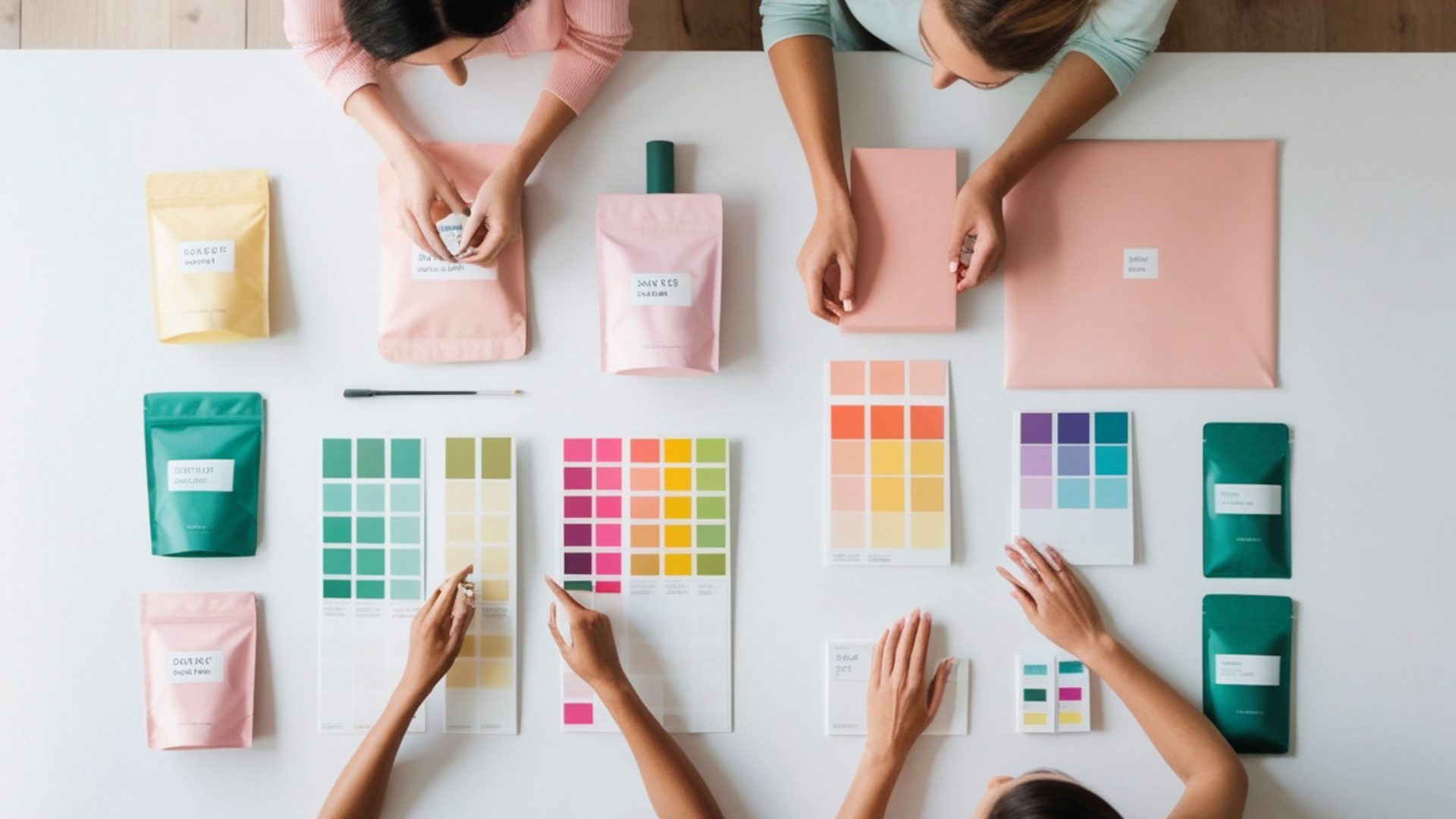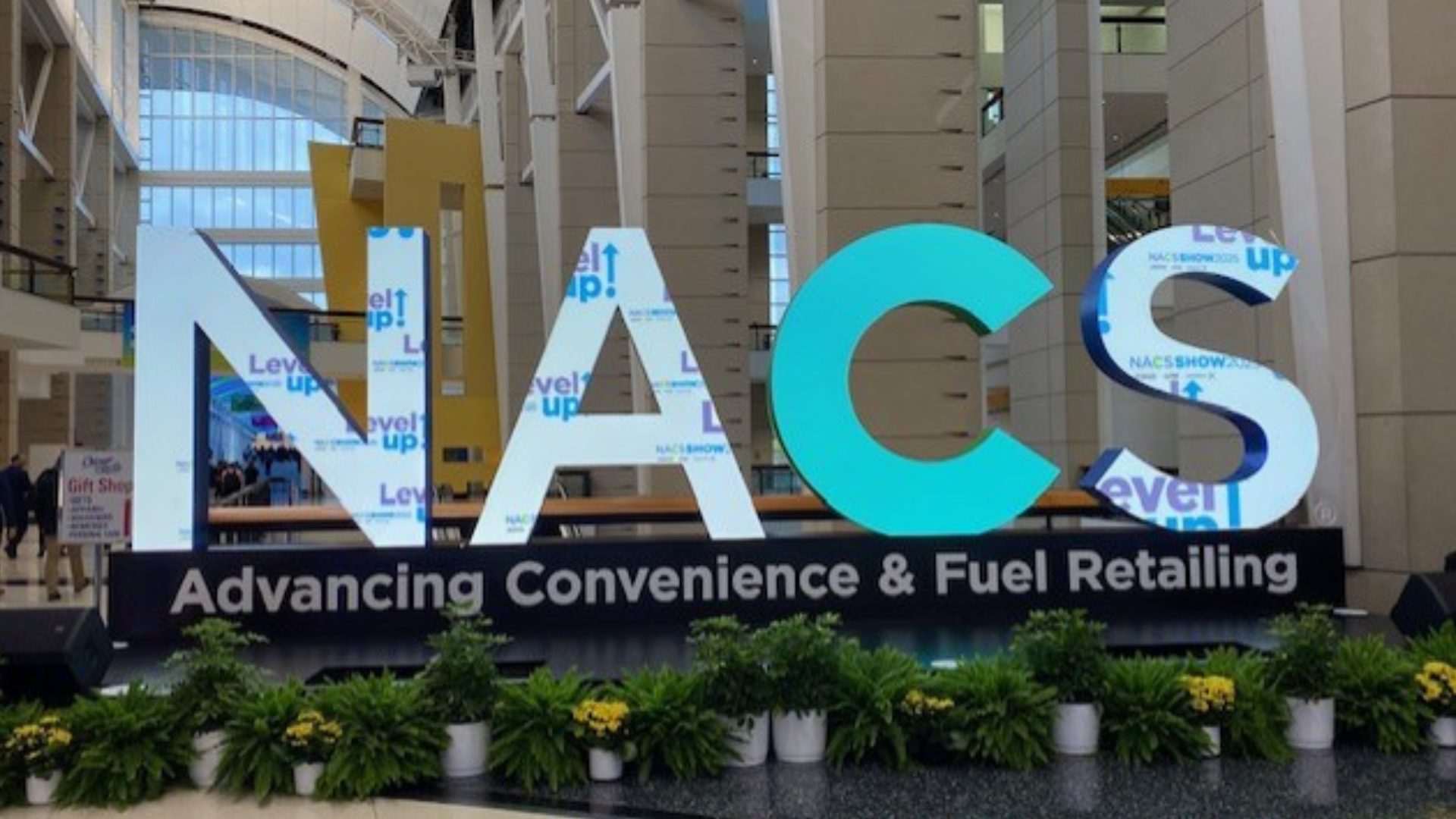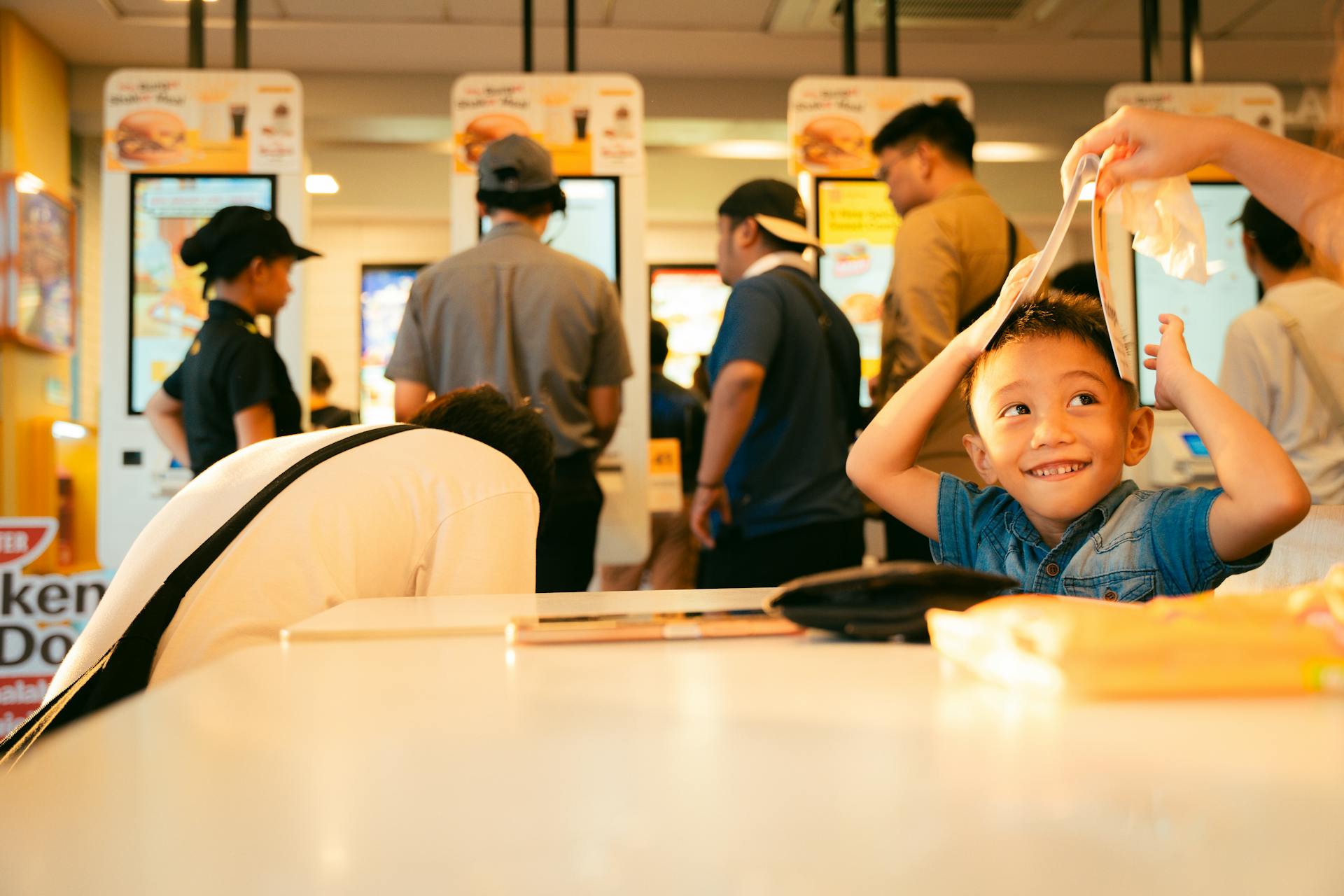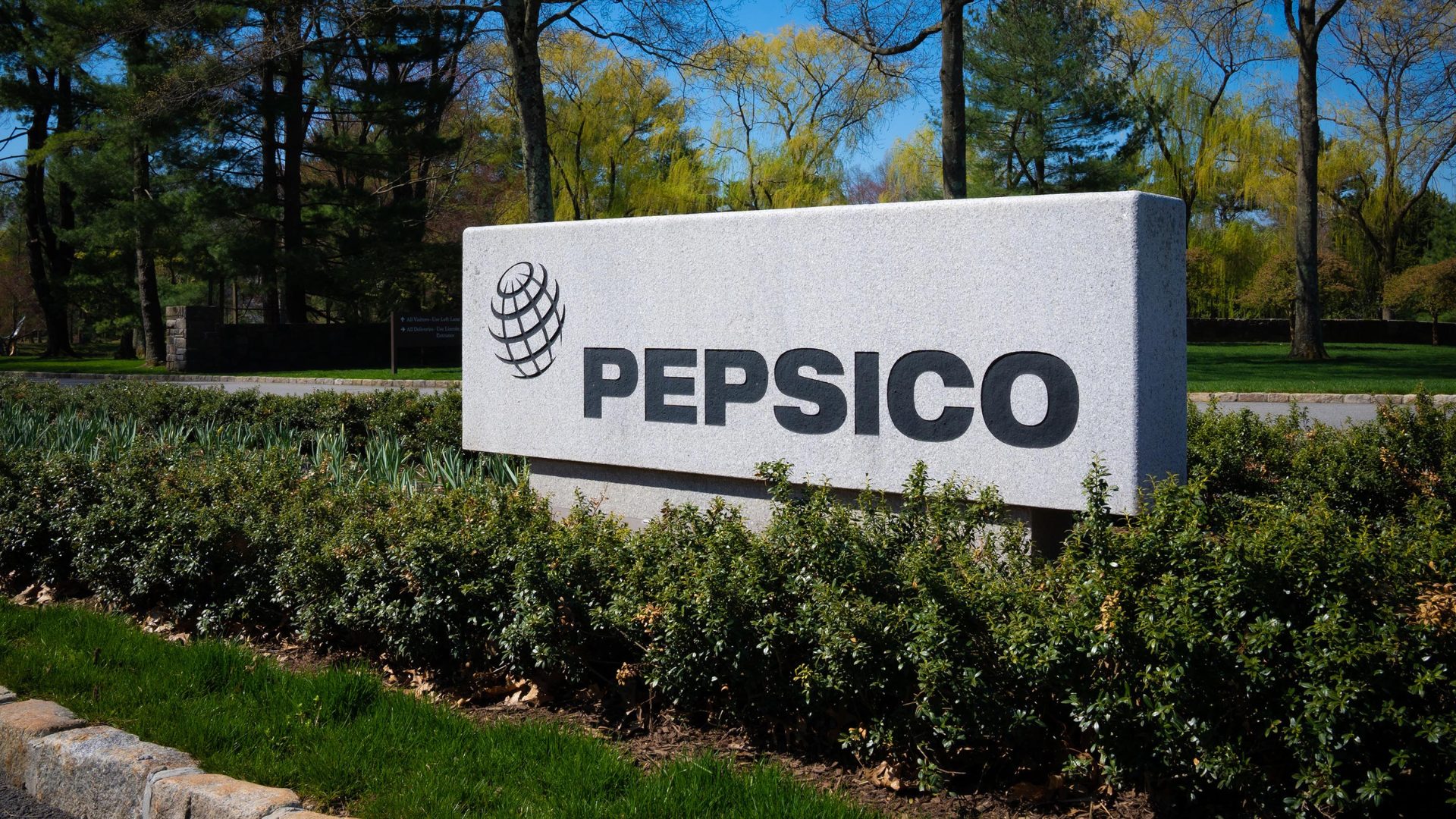In case you missed it, a growing number of U.S. consumers are working to either moderate or eliminate their alcohol consumption, with younger generations such as Gen Z and Millennials at the forefront of the movement.
As a matter of fact, Gen Zers tend to consume roughly 20% less alcohol than even Millennials on average, according to recent data compiled by the research firm IWSR.
Around the beginning of 2025, 39% of American adults made a New Year’s resolution to drink less alcohol, with another 20% of the survey respondents opting to participate in the Dry January challenge this year, according to the Ipsos Consumer Tracker.
“Alcohol consumption is seeing a structural decline,” said FI CEO and Managing Partner Brian Choi in the Beyond the Buzz: What’s Next for the Non-Alcoholic Beverage Market? webinar hosted by The Food Institute in collaboration with Kantar.
“Looking at it from a 23-year period, we’re seeing a continuous attrition when it comes to alcohol consumption,” added Choi.
What’s interesting is that, for an overwhelming majority of the individuals working to redefine their relationship with alcohol, it isn’t all or nothing – a trend that’s largely been perpetuated by the growth of the sober curiosity movement in recent years.
According to NIQ’s 2023 Non-Alcohol Report, 94% of the non-alcoholic beverage buyers surveyed said they continued to purchase alcoholic beverages in addition to NA alternatives, suggesting that most of today’s consumers are adopting more of a flexitarian type of approach to drinking alcohol as opposed to going cold turkey.
And for Gen Z, this endeavor is even less black and white – well, at least not in a traditional sense. Instead, it’s zebra striped!
Sober Curiosity of Every Stripe
Zebra striping is a relatively new slang term that describes the practice of alternating between alcoholic and non-alcoholic drinks during a night out, which ultimately cuts your alcohol intake in half.
“Here at Kantar, we see this sober-curious mindset as a cultural shift,” said Barry Thomas, Senior Global Thought Leader for Kantar, during his portion of the webinar presentation.
“In my generation, Gen X, you’d often say you were going out for a night to forget. Well, not Gen Z. It’s about having a night to remember,” added Thomas.
So, how can beverage brands cater to the young cohort?
Thomas pointed out that Gen Z tends to view GLP-1 weight-loss medications more favorably than any other generation, colloquially referring to the drugs as “pharma fitness.”
Because of this phenomenon, companies like Crystal Light, which built off its existing equity within the better-for-you beverage space to launch a low-alcohol and low-calorie vodka seltzer with 4% alcohol by volume and only 77 calories, have continued to win over this demographic.
Cannabis beverage brands like Daizy’s have also been making inroads with Gen Z by launching products that are also low in sugar and calories in addition to being free from alcohol and artificial additives.
The Food Institute Podcast
This Episode is Sponsored by: RSM
It’s tariff time, and companies the world over are working to better understand how their operations will be impacted. Jodi Ader from RSM US LLP joined The Food Institute Podcast to discuss which products and inputs are currently subject to tariffs, and how to best mitigate supply chain risks.


